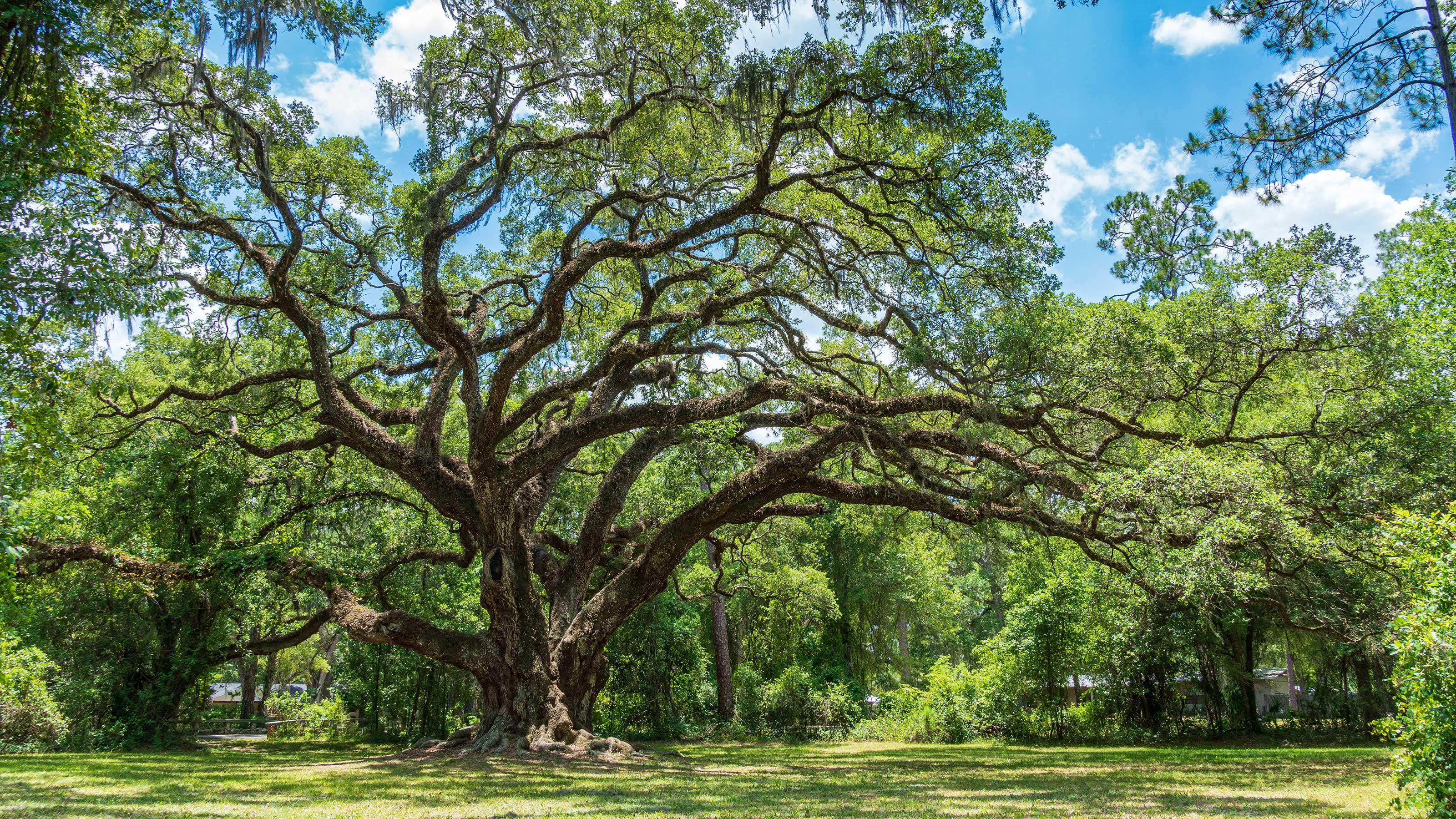The Benefits of Tree Pruning: A Guide to Enhancing Tree Health and Beauty
Trees are not only essential components of our natural environment, but they also offer a multitude of benefits to our surroundings and well-being. Proper tree care, including regular pruning, plays a crucial role in maintaining their health, appearance, and safety. Tree pruning, the practice of selectively removing specific branches and foliage, offers a wide range of benefits that extend beyond the aesthetic realm.

- Health and Vigor:
Pruning removes dead, diseased, or weakened branches, preventing the spread of diseases and infestations. By eliminating these potential sources of stress, the tree can allocate more resources to healthy growth, resulting in improved overall health and vitality.
- Safety and Risk Mitigation:
Overgrown branches or those that are hanging precariously can pose significant safety hazards, especially during storms or high winds. Pruning reduces the risk of branches breaking and falling, protecting people, property, and utility lines from potential damage.
- Aesthetic Appeal:
Pruning enhances the visual beauty of trees by creating a balanced and pleasing shape. Skilled pruning can accentuate a tree’s natural form while removing cluttered, crossing, or overly dense branches that may obstruct its aesthetic appeal.
- Sunlight and Airflow:
Proper pruning allows more sunlight to penetrate the inner canopy of the tree, stimulating growth and supporting photosynthesis. Improved airflow reduces the risk of fungal infections and encourages a healthier environment for the tree’s foliage.
- Fruit Production:
Fruit-bearing trees benefit significantly from pruning. Removing dead or non-productive branches redirects the tree’s energy to the growth of healthy, fruit-bearing ones. Pruning also ensures adequate sunlight and airflow for optimal fruit development.
- Disease and Pest Management:
Pruning helps in early detection and control of diseases and pests. By removing infected branches promptly, the spread of pathogens can be limited, and the tree’s defenses can be reinforced through targeted pruning techniques.
- Structural Integrity:
Young trees, in particular, benefit from careful pruning to establish a strong and well-balanced structure. Strategic pruning during a tree’s early stages can prevent weak crotches and irregular growth patterns that may lead to instability as the tree matures.
- Utility Line Clearance:
Trees growing near utility lines require regular pruning to prevent interference with power lines and communication cables. Proper utility line clearance reduces the risk of power outages and ensures the safety of utility workers.
- Landscape Harmony:
Well-pruned trees complement their surrounding landscape, providing a harmonious backdrop to gardens, lawns, and outdoor spaces. Thoughtful pruning can highlight specific features and add to the overall aesthetic value of the property.
- Environmental Impact:
Healthy and properly pruned trees contribute to a healthier environment. Trees absorb carbon dioxide, release oxygen, and provide habitat for various wildlife species. Pruning fosters a vigorous growth cycle that supports these ecosystem benefits.
In conclusion, tree pruning is not only about maintaining an attractive appearance but also about ensuring the longevity, safety, and health of trees. Whether for residential landscapes, urban environments, or commercial properties, regular and appropriate pruning is an investment that yields numerous rewards. Consulting with certified arborists or tree care professionals can ensure that pruning is done correctly and in alignment with the specific needs of each tree species. By embracing proper pruning practices, we can continue to enjoy the beauty and benefits that trees bring to our lives and the environment.
